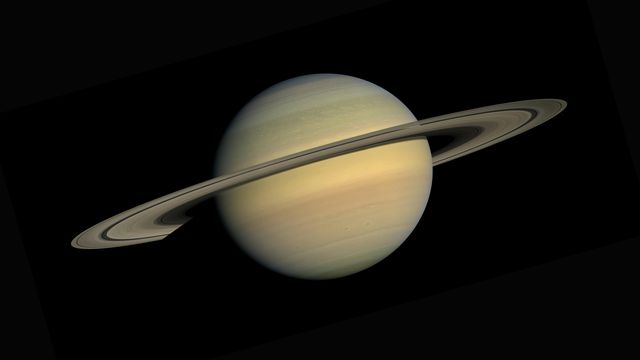Key Takeaways
- Mass spectrometry (MS) is crucial for analyzing samples from space missions, particularly for NASA’s Dragonfly mission to Titan.
- The Dragonfly mass spectrometer is designed to study Titan’s unique surface and atmospheric chemistry, addressing extreme temperature challenges.
- Future advancements in MS technology and onboard data processing are essential for effective planetary exploration.
Mass Spectrometry: A Key Tool for Space Exploration
Mass spectrometry (MS) has established itself as an essential instrument in space science, pivotal for analyzing samples from research missions to planets and moons. At the recent American Society for Mass Spectrometry (ASMS) conference, Dr. Melissa Trainer, deputy principal investigator of NASA’s Dragonfly mission to Saturn’s moon Titan, discussed the importance of MS in space exploration and its applications for future missions.
The Dragonfly mass spectrometer is tailored to analyze Titan’s complex atmosphere and surface chemistry. It must operate under extreme cold temperatures of approximately -180° C while collecting solid surface samples. Special design considerations ensure that samples stay cold for accurate measurements without compromising the instrument’s functionality. This balance poses unique challenges, particularly in managing sample temperatures and the operational needs of the mass spectrometer.
Furthermore, Dr. Trainer emphasized that the main objective of the Dragonfly mission is to identify organic compounds and prebiotic molecules formed through surface processing. Titan’s surface hosts varied materials, including organic dunes unlike Earth’s silicate sands. The mission aims to analyze these materials to ascertain how they might contribute to the formation of essential biochemical compounds.
The mass spectrometer operates using a nuclear power source, distributing heat efficiently throughout the insulated lander. While this feature aids in overcoming temperature challenges, it also contributes to operational difficulties due to potential overheating. The mission’s innovative thermal management is noted as one of the most complex ever undertaken in spacecraft design.
Beyond Titan, the differences in mass spectrometry objectives for other missions, like the upcoming DAVINCI mission to Venus, have been outlined. Unlike Titan’s focus on complex organics, the Venus mission aims to analyze atmospheric gases. The mass spectrometer for Venus is designed to capture data quickly during a rapid descent through the atmosphere, prioritizing accurate measurements of chemical profiles.
Dr. Trainer remains optimistic about the future of mass spectrometry in planetary exploration, citing ongoing advancements in measurement techniques, power systems, and onboard data processing capabilities. As MS technologies evolve, they are anticipated to enhance both the adaptability and effectiveness of planetary missions, enabling scientists to glean more insights from distant worlds while overcoming technical challenges. The integration of onboard artificial intelligence for data analysis is particularly promising, as it will help prioritize significant data, ultimately enhancing mission efficiency.
Overall, the ongoing development in mass spectrometry serves as a critical enabler for expanding our understanding of celestial bodies, heralding new frontiers in the quest for extraterrestrial life and planetary evolution.
The content above is a summary. For more details, see the source article.















